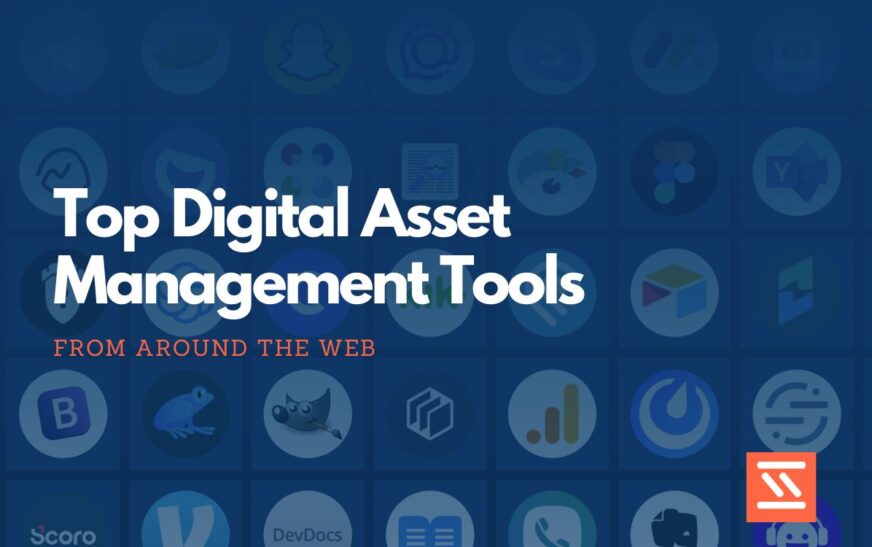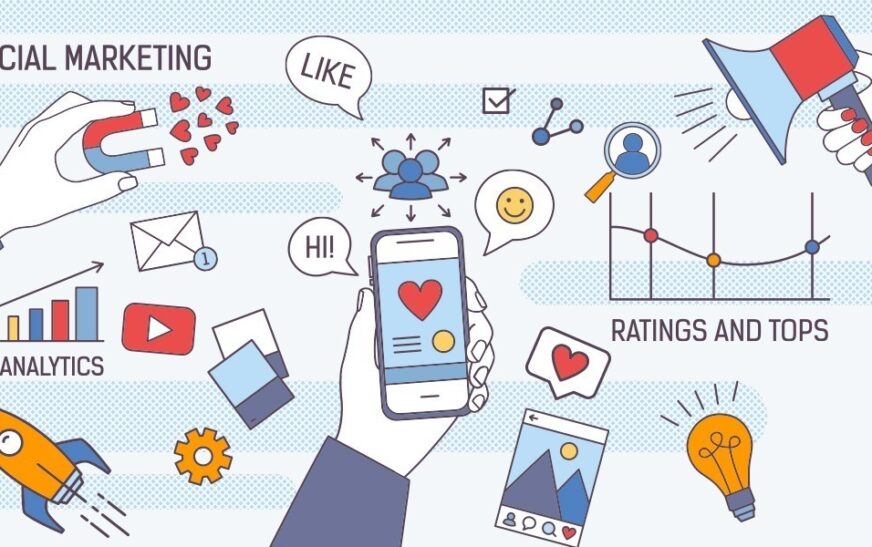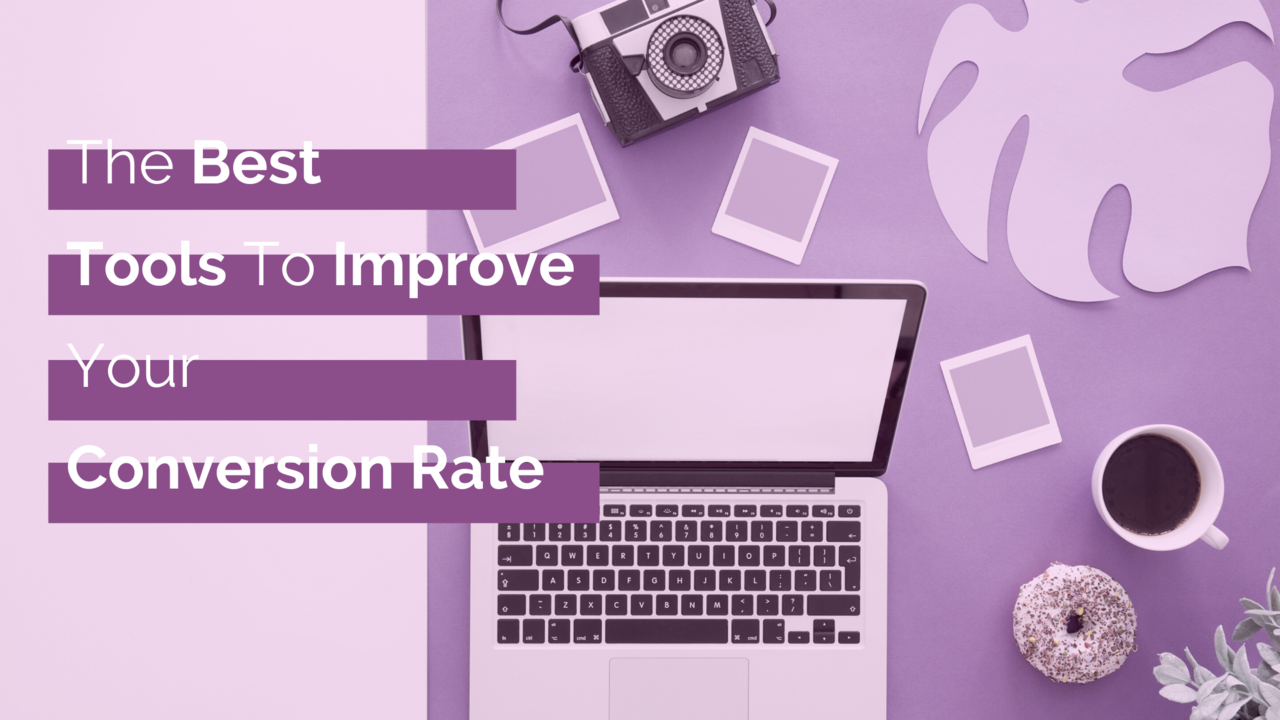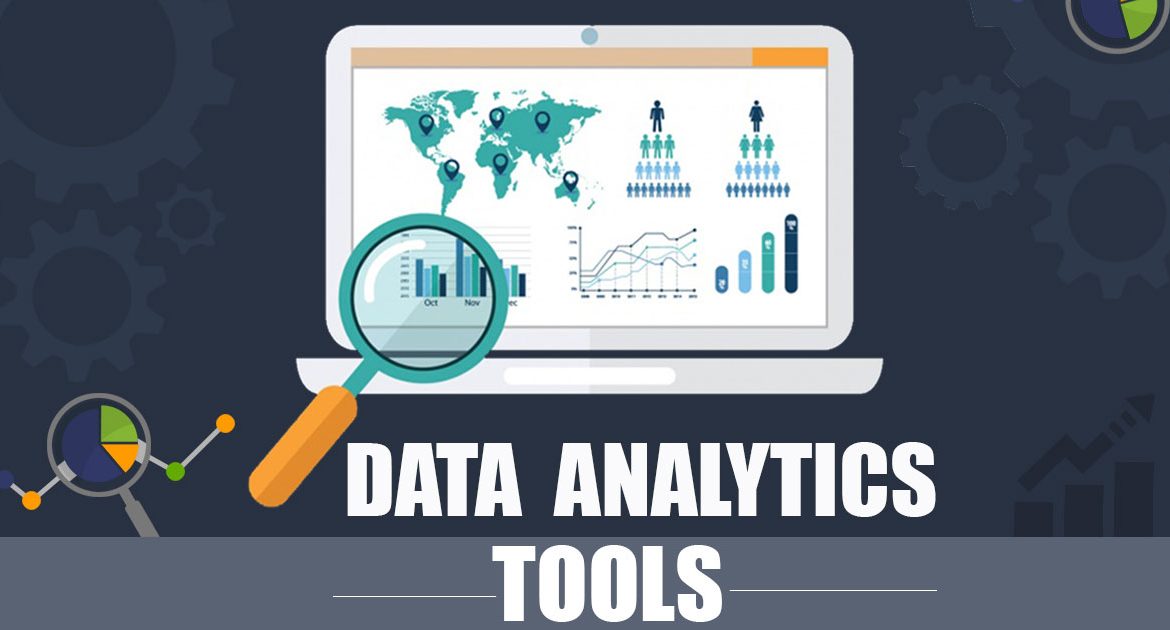Kicking off with Top Digital Tools for Managing Digital Assets, this article delves into the realm of efficient digital asset management, exploring the tools and strategies that can revolutionize your workflow.
Digital assets are the lifeblood of many businesses today, and managing them effectively is crucial for success.
Importance of Digital Asset Management
Efficient digital asset management is crucial in today’s digital age where businesses and individuals deal with vast amounts of digital content on a daily basis. Proper management of digital assets ensures seamless access, organization, and distribution of files, images, videos, and other digital resources.
Significance of Managing Digital Assets
- Centralized Storage: Digital asset management allows for all files to be stored in one central location, making it easy to locate and access them when needed.
- Enhanced Collaboration: With organized digital assets, teams can collaborate more effectively, sharing resources and working on projects seamlessly.
- Improved Workflow Productivity: Managing digital assets efficiently streamlines workflows, reducing time wasted searching for files and increasing overall productivity.
Types of Digital Asset Management Tools: Top Digital Tools For Managing Digital Assets
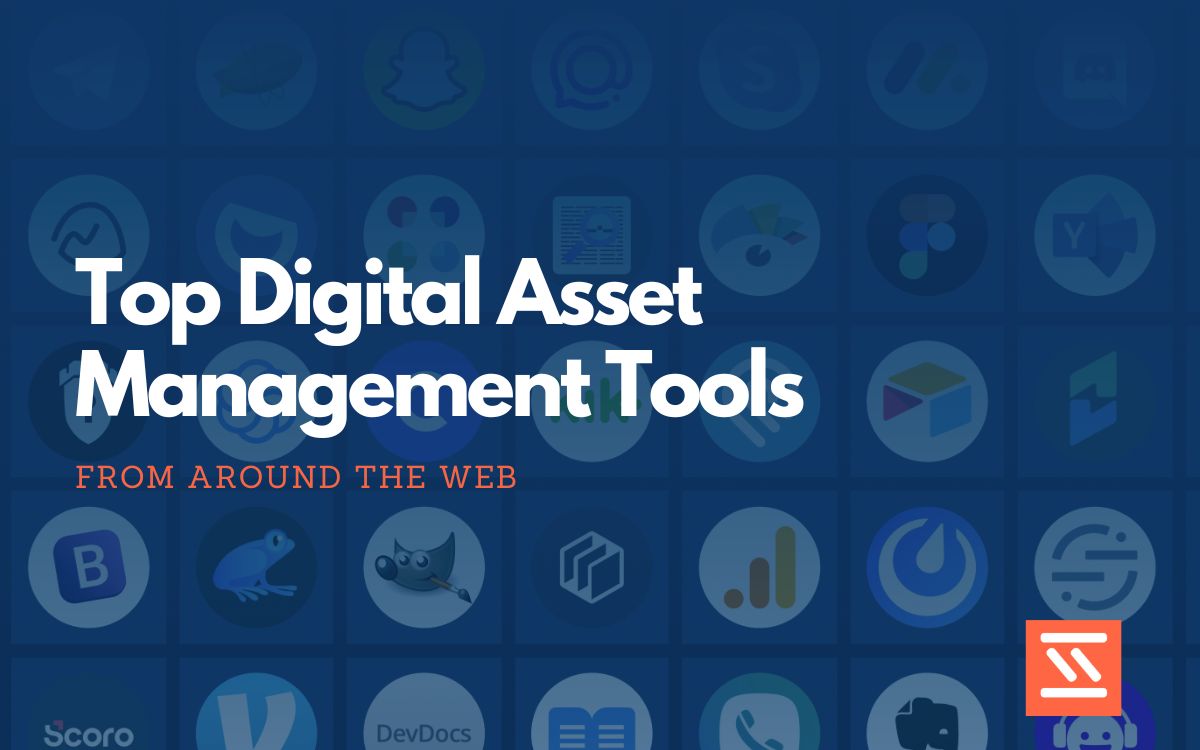
Digital asset management tools come in various forms, each catering to different needs and preferences of users. Let’s explore the different categories of tools used for managing digital assets.
Measuring social media ROI is essential for businesses to track the effectiveness of their marketing efforts. With the help of Top Digital Tools for Measuring Social Media ROI , companies can analyze their social media campaigns and determine the return on investment.
These tools enable businesses to optimize their strategies and maximize their impact on social media platforms.
Cloud-Based vs. On-Premise Digital Asset Management Solutions
When it comes to digital asset management solutions, there are two main types to consider: cloud-based and on-premise. Cloud-based solutions offer the advantage of accessibility from anywhere with an internet connection, while on-premise solutions provide greater control over security and customization.
It’s essential to weigh the pros and cons of each to determine which best suits your organization’s needs.
Features of Popular Digital Asset Management Software
Popular digital asset management software offers a wide range of features to streamline the organization and retrieval of digital assets. These features may include metadata tagging, version control, workflow automation, and integration with other tools like Adobe Creative Cloud. By leveraging these features, businesses can enhance collaboration, increase efficiency, and maintain a centralized repository of digital assets.
Key Features to Look for in Digital Asset Management Tools
When choosing a digital asset management tool, it is important to consider key features that will enhance organization, collaboration, and efficiency in managing your digital assets.
Market research is crucial for any business looking to succeed in today’s competitive market. By utilizing The Best Digital Tools for Market Research , companies can gather valuable insights to make informed decisions and stay ahead of the curve. These tools provide accurate data and analysis, helping businesses understand their target audience and competitors better.
Metadata Tagging
Metadata tagging is essential for categorizing and organizing digital assets. It allows users to easily search and locate specific files based on s, descriptions, and other relevant information. Tools like Adobe Experience Manager and Widen Collective excel in automating metadata tagging processes, making it easier for users to add and manage metadata efficiently.
Version Control
Version control is crucial in ensuring that the most up-to-date version of a digital asset is being used. Look for tools that offer version tracking, history, and the ability to revert to previous versions if needed. By having a robust version control feature, you can avoid confusion and errors caused by using outdated assets.
User Permissions
User permissions allow you to control who has access to specific digital assets within your organization. It is important to choose a tool that offers customizable user roles and permissions to ensure that sensitive or confidential assets are only accessible to authorized individuals.
Content distribution plays a key role in reaching a wider audience and increasing brand visibility. With Top Digital Tools for Content Distribution , businesses can effectively distribute their content across various channels and platforms. These tools help businesses reach their target audience and drive engagement, ultimately leading to increased brand awareness and customer loyalty.
Tools like Bynder and Canto provide advanced user permission settings, allowing you to define access rights based on roles, teams, or specific users.
Scalability, Top Digital Tools for Managing Digital Assets
Scalability is another key feature to consider when selecting a digital asset management tool. As your organization grows and the volume of digital assets increases, the tool should be able to accommodate this growth without compromising performance or usability. Look for tools that offer scalable storage options, flexible workflows, and the ability to integrate with other systems seamlessly to support your evolving needs.
Best Practices for Implementing Digital Asset Management Tools
Implementing digital asset management tools can greatly enhance the efficiency and organization of your digital assets. Here are some best practices to consider:
Strategies for Migrating Existing Digital Assets
- Start by conducting a thorough inventory of all existing digital assets to determine what needs to be migrated.
- Ensure that metadata is properly tagged and organized to facilitate the migration process.
- Consider phased migration to minimize disruptions and ensure a smooth transition.
- Test the new management system with a small batch of assets before migrating the entire collection.
Importance of Training Employees
- Provide comprehensive training to employees on how to use the digital asset management tools effectively.
- Offer ongoing support and resources to address any questions or issues that may arise during the learning process.
- Empower employees to take ownership of the system by encouraging feedback and suggestions for improvement.
Tips for Ensuring Data Security and Compliance
- Implement access controls to restrict unauthorized users from viewing or editing sensitive assets.
- Regularly update and maintain security protocols to protect against cyber threats and data breaches.
- Comply with relevant regulations and industry standards to ensure legal and ethical handling of digital assets.
Integrating Digital Asset Management Tools with Existing Workflows
In today’s digital age, seamless integration of digital asset management tools with existing workflows is crucial for maximizing efficiency and productivity. By connecting these tools with other software applications, businesses can streamline their processes and ensure smooth collaboration among teams.
Benefits of Integrating Digital Asset Management Tools with Project Management Systems
- Improved Collaboration: Integrating digital asset management tools with project management systems allows team members to access and share files easily, leading to better collaboration on projects.
- Enhanced Workflow Efficiency: By linking these tools, businesses can automate tasks, track progress, and ensure that the right assets are used at the right time, optimizing workflow efficiency.
- Centralized Access: Integration enables centralized access to digital assets, reducing the time spent searching for files and ensuring that team members have the most up-to-date assets at their fingertips.
- Version Control: Connecting digital asset management tools with project management systems helps in maintaining version control, preventing errors, and ensuring that everyone is working with the latest files.
Successful Integration Scenarios and Impact on Productivity
- Integration with Creative Software: Integrating digital asset management tools with creative software like Adobe Creative Cloud can streamline the design process, enabling designers to access assets directly from their design tools.
- Integration with Marketing Platforms: Linking these tools with marketing platforms such as HubSpot or Marketo can improve marketing campaign management, allowing marketers to easily access and use approved assets for campaigns.
- Impact on Productivity: Successful integration of digital asset management tools with existing workflows has been shown to significantly boost productivity, reduce errors, and enhance overall efficiency in project execution.
Closure
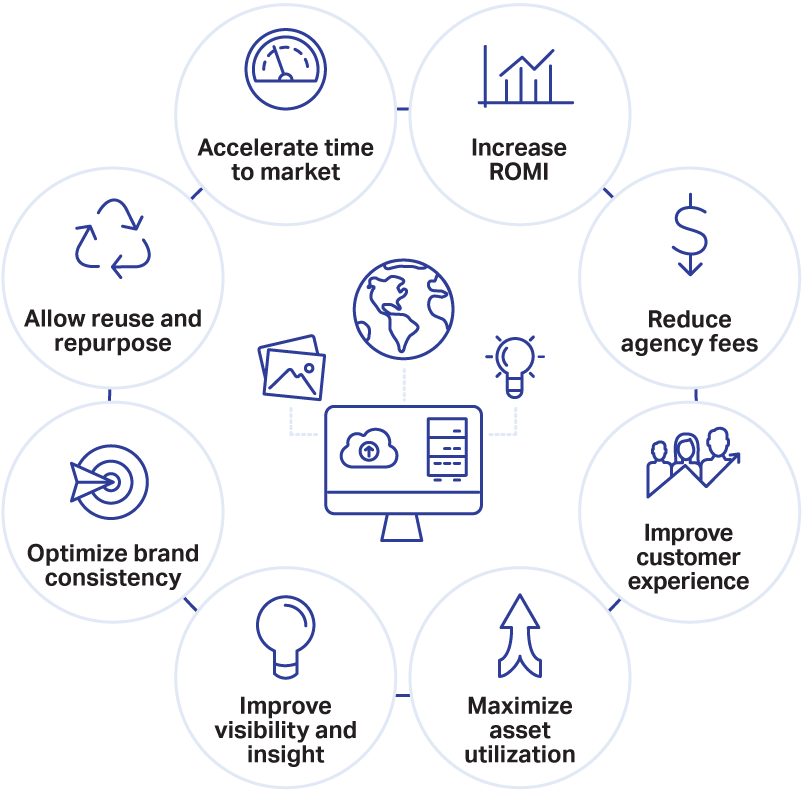
In conclusion, embracing the top digital tools for managing digital assets can streamline your processes, boost productivity, and ensure seamless collaboration across teams. Take charge of your digital assets today and unlock your full potential!

